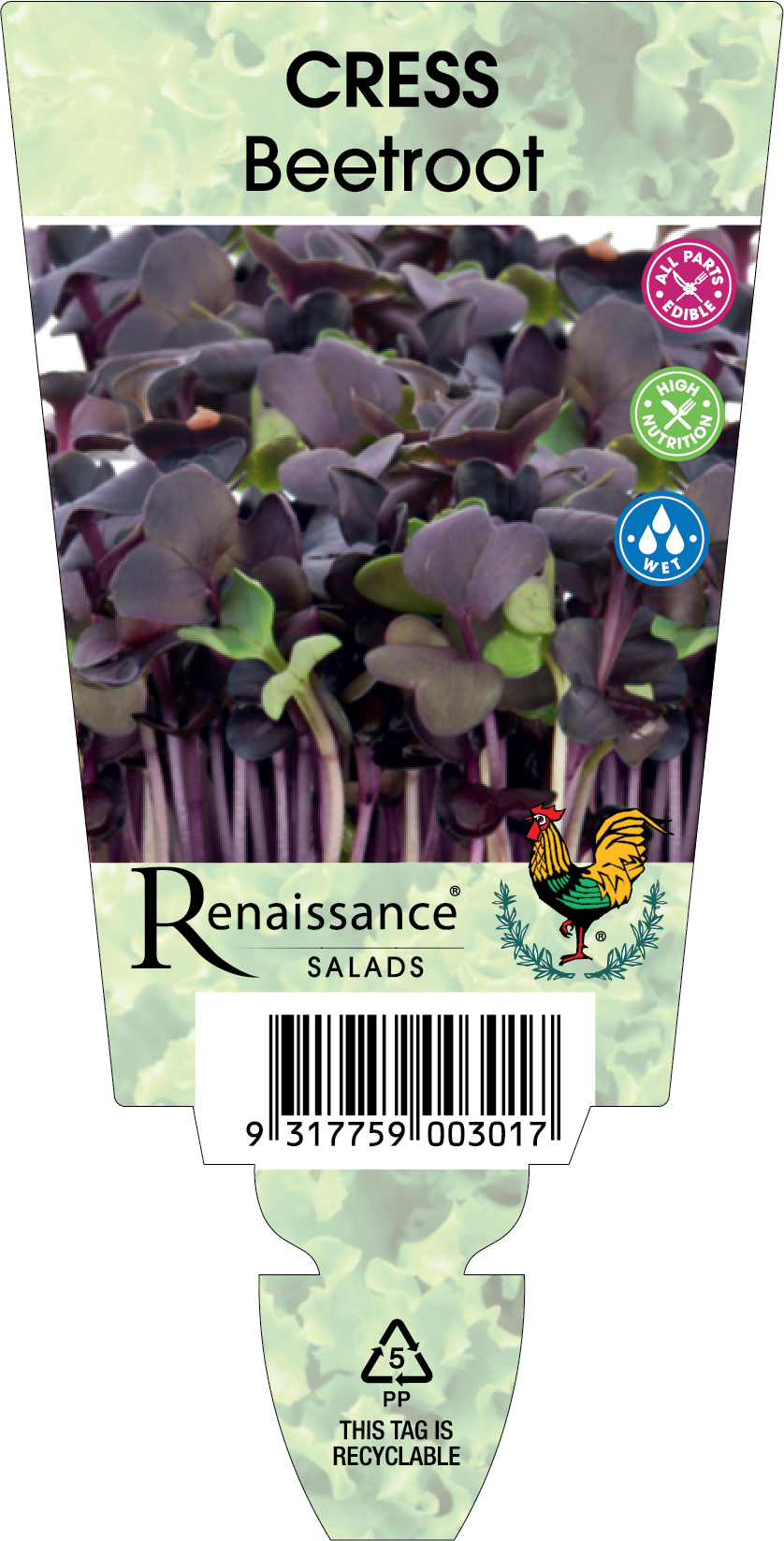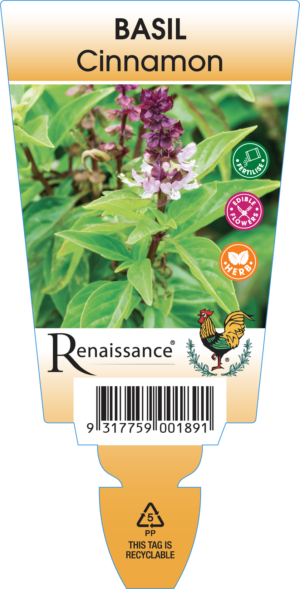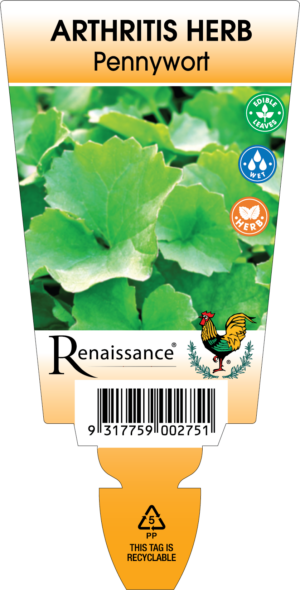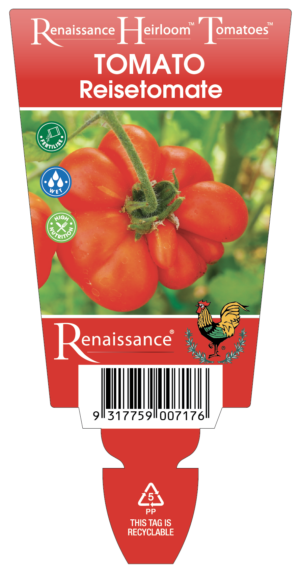Description
(Beta vulgaris)
An alternative way of eating a classic Australian vegetable – bright red leaves with a soft spinach flavour.
Flavours/Food Partners:
Land and water cress, rocket, lettuce, endive, chicory, mizuna, mustard greens, salad burnet, sorrel, and fresh herbs like parsley, cilantro, celery leaf, and basil. Use in salads with lightly cooked vegetables like mushrooms, asparagus, snow peas or meats like ham and bacon, add to sandwiches or use as a colourful garnish for most dishes.
Health/Cooking/Medicinal:
Beetroot Cress leaves should be harvested at around 2 to 4 cm, just before use and can be taken all year round. High in iron and other vitamins. Mix with desired food partners then add any dressing just prior to serving. Repeat harvest when leaves are still small. If left alone they will grow larger, and leaves can be used as you would perpetual spinach.
Landscaping/Planting:
Grow in large pots. Can be planted in the ground but should be harvested regularly.
Cultivation/Fertiliser:
Water as needed and give regular applications of Seasol and Powerfeed to keep healthy and growing. Remove flower stems as soon as they appear.
Herb Attributes
| Harvest | Harvest regularly. |
|---|---|
| Position | Part to Full Sun |
| Height | 50cm |
| Width | 40cm |
| Lifespan | Perennial |





